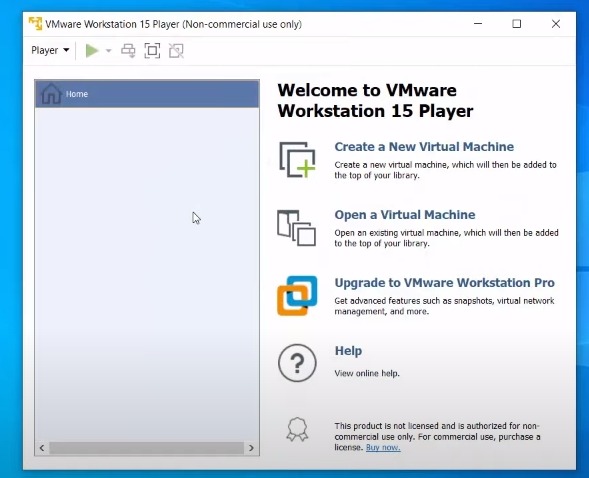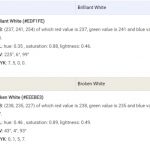A parallel operating system is a computer operating system, typically an application of a type-2 hypervisor which allows multiple instances of an operating system to share a single processor.
The idea is that the physical server has both software and hardware resources, and these resources are separated into multiple isolated user spaces.
The resources from each instance of the OS are isolated from other instances, but they may share resources with their own OS kernel.
Drawbacks of this type of system include the additional complexity in design and debugging.

Table of Contents
How Did Parallel Operating Systems Start?
Parallel operating systems started because one processor could not handle all the demands placed on it by modern software, so multiple processors were used instead to decrease response time.
These machines are called multiprocessor or multicomputer systems which can be uni-core, bi-core or multi-core – single physical CPU having multiple processing cores housed within a single housing or equipped with independent functional units.
The operating system is shared between different CPUs in order to maximize resource utilization compared to single-CPU multiprocessor architectures where the OS usually manages each core as a single hardware-managed logical processor.
How Parallel Operating Systems Work?
They work by dividing the CPU and its components into smaller separate parts, each with the CPU’s full speed and power. Normally in a typical operating system running on a PC, once it identifies an I/O device such as a USB flash drive, the OS will use the CPU to transfer that information into memory before processing or transmitting it.
With parallel systems however, there is no reason why this couldn’t be done by another processor entirely which means even more data can be moved around simultaneously than before – resulting in quicker data transfer times.
What are the Two Types of Parallel Operating Systems?
There are two types of parallel operating systems: type-1 and type-2.
Type 1 is a native hypervisor running directly on bare metal, while Type 2 is a hosted hypervisor running within a conventional OS such as Linux or Windows.
A Type 1 hypervisor runs guest operating systems on virtual machines which share the underlying physical hardware; this architecture is called “native” since the host OS does not provide emulation for any I/O system calls. For example, VMware ESXi 5 uses type 1 virtualization to run an instance of Mac OS X.
Examples of Parallel Operating Systems
Some examples of parallel operating systems include VMware vSphere 6, Microsoft Hyper-V, Citrix XenServer 6.0, Red Hat Enterprise Virtualization 3.5, KVM/QEMU, Sun xVM Server and Oracle VM VirtualBox 5.0.
The main uses for parallel operating systems are running virtual machines that have different purposes on their own dedicated server which allows the user to fully utilize physical servers efficiently while keeping them separate at the same time.
This is especially useful when needing to run multiple applications with required resources without interfering each other while being able to handle more load than a single core system would be able to do so alone.
For example, an email server, a web server and firewall rules can all run at the same time without any interference as long as the requirements for each application are met (i.e.: RAM, CPU usage etc.).
Parallel Operating Systems vs Virtualization – Which is Better?
Virtualization allows several guest operating systems to run at once on one computer platform, each of them separated from the hardware via an abstraction layer implemented either as software (e.g., para-virtualization), or by firmware plus special hardware extensions.
All of the guest operating systems share the same running kernel, so they can be considered different virtual instances of one single operating system simultaneously executing on one physical platform , sharing resources such as RAM and peripherals.
There are few drawbacks to this type of system – each instance requires its own separate file system that is completely isolated from other guest OSes unless arranged in some type of RAID configuration which would reduce available storage space by half since it must be duplicated for each instance .
Parallel Operating Systems allow multiple instances to run at once on a single computer platform with all their resources isolated from each other but also sharing certain components via resource partitioning while keeping resource conflicts to an absolute minimum.
This type of system requires more hardware insight and capabilities on the part of the operating system, but also offers better performance because there is no duplication of resources; each instance only has access to its own file system (which may be shared in some ways due to resource partitioning).



